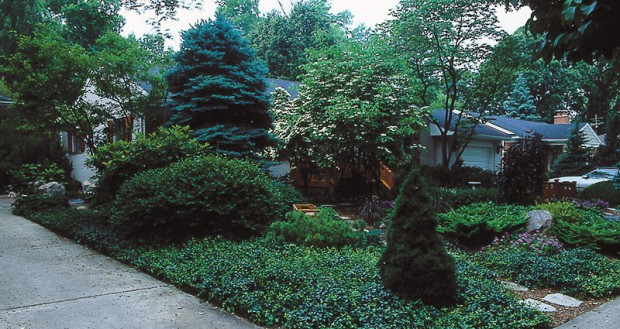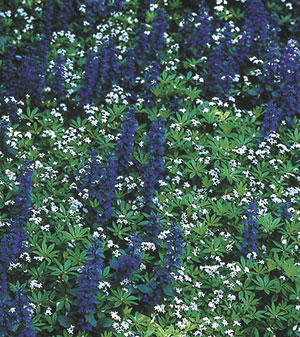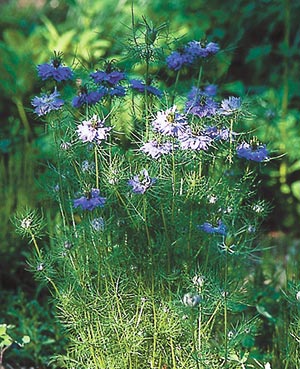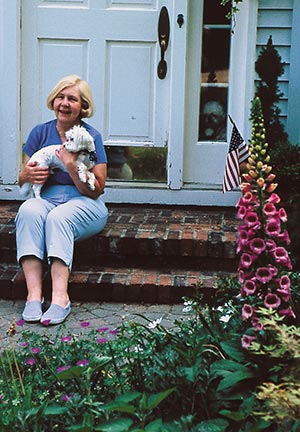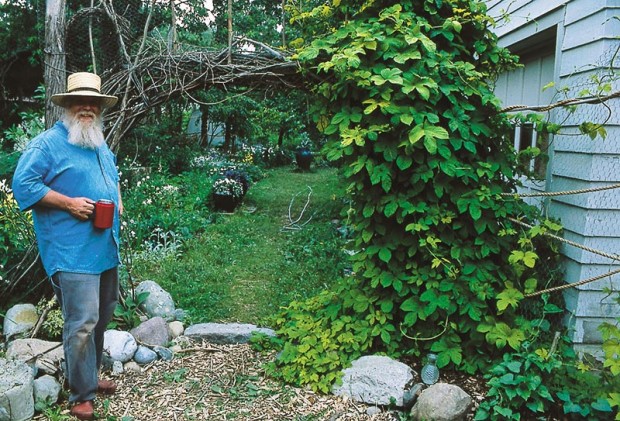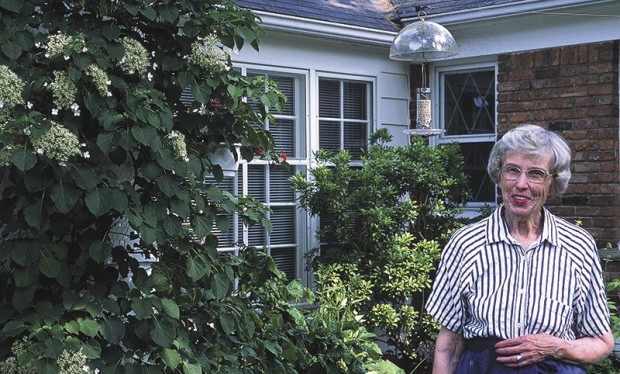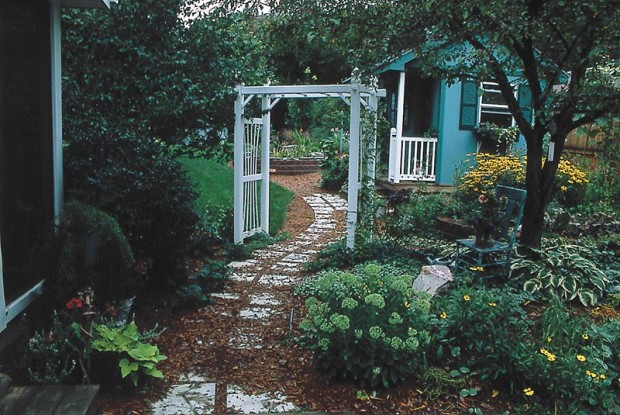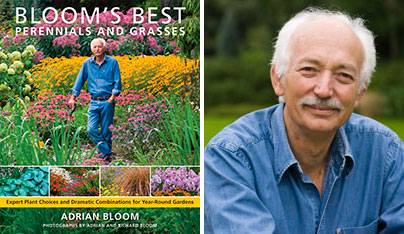 Widely-acclaimed British gardener Adrian Bloom will speak on “Designing Drama in the Year-Round Garden: Making the Most of Trees, Shrubs, Conifers, Perennials, Grasses, Ferns and Bulbs.” Adrian is the former president of the legendary Blooms of Bressingham nursery in England, which was founded in 1926 and has introduced over 200 perennial cultivars since then. He is the developer of Britain’s superb Foggy Bottom garden, television personality, author and world traveler in the service of horticulture. In addition to his illustrated presentation, he will autograph your copy(ies) of his books and pose for photos.
Widely-acclaimed British gardener Adrian Bloom will speak on “Designing Drama in the Year-Round Garden: Making the Most of Trees, Shrubs, Conifers, Perennials, Grasses, Ferns and Bulbs.” Adrian is the former president of the legendary Blooms of Bressingham nursery in England, which was founded in 1926 and has introduced over 200 perennial cultivars since then. He is the developer of Britain’s superb Foggy Bottom garden, television personality, author and world traveler in the service of horticulture. In addition to his illustrated presentation, he will autograph your copy(ies) of his books and pose for photos.
Thursday, July 13, 2017: 6:30-8:30 pm. At the Dearborn Inn, Alexandria Ballroom, 20301 Oakwood Boulevard, Dearborn, MI 48124. Walk-in registrations are welcome ($45) and include admission, book signing, and lecture.

